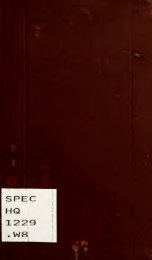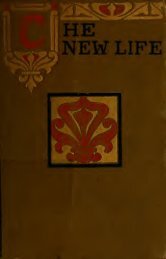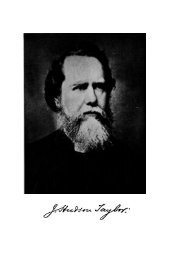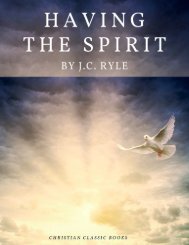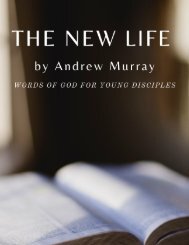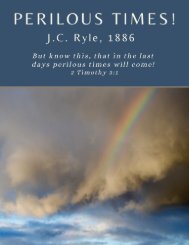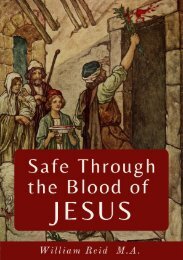The Case For Christ
The Case for Christ records Lee Strobel's attempt to "determine if there's credible evidence that Jesus of Nazareth really is the Son of God." The book consists primarily of interviews between Strobel (a former legal editor at the Chicago Tribune) and biblical scholars such as Bruce Metzger. Each interview is based on a simple question, concerning historical evidence (for example, "Can the Biographies of Jesus Be Trusted?"), scientific evidence, ("Does Archaeology Confirm or Contradict Jesus' Biographies?"), and "psychiatric evidence" ("Was Jesus Crazy When He Claimed to Be the Son of God?"). Together, these interviews compose a case brief defending Jesus' divinity, and urging readers to reach a verdict of their own.
The Case for Christ records Lee Strobel's attempt to "determine if there's credible evidence that Jesus of Nazareth really is the Son of God." The book consists primarily of interviews between Strobel (a former legal editor at the Chicago Tribune) and biblical scholars such as Bruce Metzger. Each interview is based on a simple question, concerning historical evidence (for example, "Can the Biographies of Jesus Be Trusted?"), scientific evidence, ("Does Archaeology Confirm or Contradict Jesus' Biographies?"), and "psychiatric evidence" ("Was Jesus Crazy When He Claimed to Be the Son of God?"). Together, these interviews compose a case brief defending Jesus' divinity, and urging readers to reach a verdict of their own.
You also want an ePaper? Increase the reach of your titles
YUMPU automatically turns print PDFs into web optimized ePapers that Google loves.
question of whether the New Testament accounts of Jesus are<br />
accurate. While serology and toxicology aren't able to shed any<br />
light on the issue, another category of scientific proof-the<br />
discipline of archaeology-has great bearing on the reliability<br />
of the gospels.<br />
Sometimes called the study of durable rubbish, archaeology<br />
involves the uncovering of artifacts, architecture, art, coins,<br />
monuments, documents, and other remains of ancient cultures.<br />
Experts<br />
study these relics to learn what life was like in the days when<br />
Jesus walked the dusty roads of ancient Palestine.<br />
Hundreds of archaeological findings from the first century have<br />
been unearthed, and I was curious: did they undermine or<br />
undergird the eyewitness stories about Jesus? At the same time,<br />
my curiosity was tempered by skepticism. I have heard too many<br />
<strong>Christ</strong>ians make exorbitant claims that archaeology can prove a<br />
lot more than it really can. I wasn't interested in more of the<br />
same.<br />
So I went on a quest for a recognized authority who has<br />
personally dug among the ruins of the Middle East, who has an<br />
encyclopedic knowledge of ancient findings, and who possesses<br />
enough scientific restraint to acknowledge the limits of<br />
archaeology while at the same time explaining how it can<br />
illuminate life in the first century.<br />
THE FOURTH INTERVIEW: JOHN MCRAY, PH.D.<br />
When scholars and students study archaeology, many turn to John<br />
McRay's thorough and dispassionate 432-page textbook Archaeology<br />
and the New Testament. When the Arts and Entertainment Television<br />
Network wanted to ensure the accuracy of its Mysteries of the<br />
Bible program, they called McRay as well. And when National<br />
Geographic needed a scientist who could explain the intricacies<br />
of the biblical world, again the phone rang in McRay's office at<br />
well-respected Wheaton College in suburban Chicago.<br />
Having studied at Hebrew University, the cole Biblique et<br />
Arch6ologique Franaise in Jerusalem, Vanderbilt University<br />
Divinity School, and the University of Chicago (where he earned<br />
his doctorate in 1967), McRay has been a professor of New<br />
Testament and<br />
archaeology at Wheaton for more than fifteen years. His articles<br />
have appeared in seventeen encyclopedias and dictionaries, his




